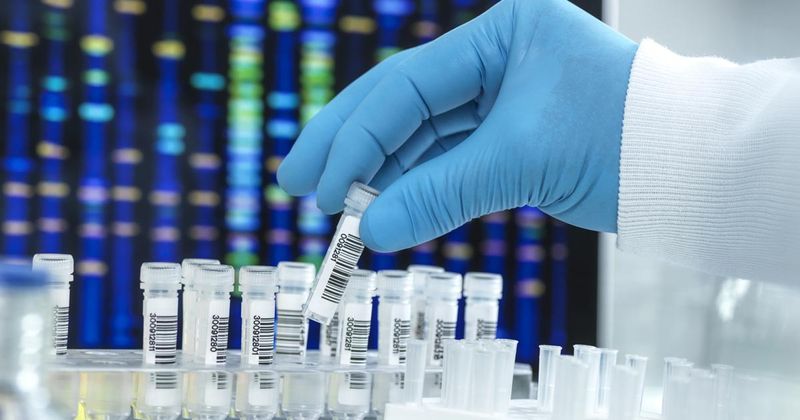Some proteins may predict focal segmental glomerulosclerosis recurrence post-transplant
Key takeaways:
- There were no differences in recurrence, non-recurrence and control groups.
- Subsequent analysis showed 32 proteins that had altered expression levels.
PHILADELPHIA — There are 32 proteins that could be of interest to help predict focal segmental glomerulosclerosis recurrence in patients with kidney disease, according to presented data.
While there was not a single circulatory explanatory factor, the identified proteins require validation in more extensive patient cohorts, Frank Hullekes, MD, of Massachusetts General Hospital and Harvard Medical School, said at the American Transplant Congress.

Researchers conducted a multicenter retrospective cohort study through the Post-Transplant Glomerular Disease Consortium evaluating transplant centers with existing biobanks. The goal was to analyze protein expression in serum of patients with recurrent and those with non-recurrent primary focal segmental glomerulosclerosis (FSGS) after kidney transplantation.
The proteome-wide analysis examined adult transplant recipients with or without FSGS recurrence in addition to controls without the condition, with either membranous nephropathy or transplant glomerulopathy. The study, which spanned 39 transplant centers in five continents, used quantitative SOMAscan proteomics to analyze 1,305 proteins.
An initial principal component analysis that used all proteins did not differentiate between FSGS recurrence, non-recurrence and control groups. Subsequent analysis showed 32 proteins of interest that had altered expression levels in patients with recurrence compared with patients who were non-recurrent or negative.
Hullekes and colleagues found no significant differences in demographics between groups.
“It is a given that we do want to stress that it is important to underline methodologies and also exclude secondary causes, and to standardize collection sample time points,” Hullekes said.

